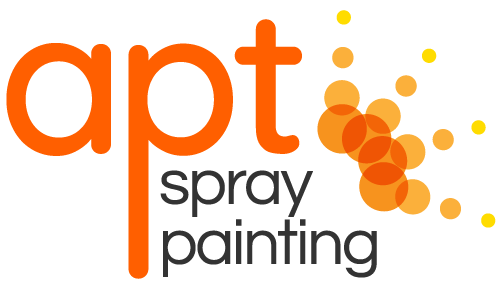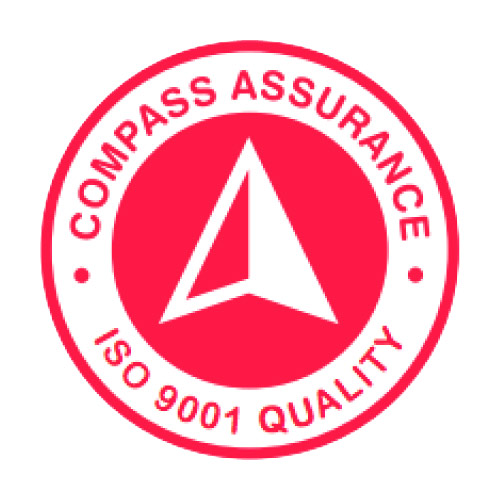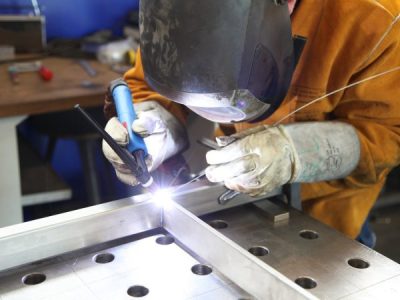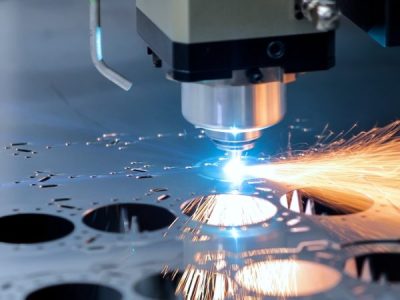There are many application methods when it comes to spray paint, and each method has its drawbacks and advantages depending on the kind of surface you’re painting or the type of finish you’re trying to achieve. Below we’ve explained 4 of the best and most popular spray paint application techniques:
Air Atomised
This is one of the most conventional approaches to spray painting. The applicator is a standard spray gun that combines compressed air with the flow of liquid paint which results in a fine pressurised mist to coat the object you’re painting. These pieces of ait-atomised equipment can be adjusted to suit the needs of the painter, making them a very flexible and useful tool which can be used to apply paint to almost any kind of surface or material.
Airless Spray
Rather than mixing the liquid of the paint with air, this application method simply doesn’t use air and instead forces the liquid paint out of a narrow opening which creates pressure. This application process propels the paint forward at a slower speed than an air-atomised pump which reduces the amount of overspray and therefore the overall loss of paint. However, an airless spray pump requires more maintenance than a lot of conventional methods and requires a more advanced level of skill and ability from the operator.
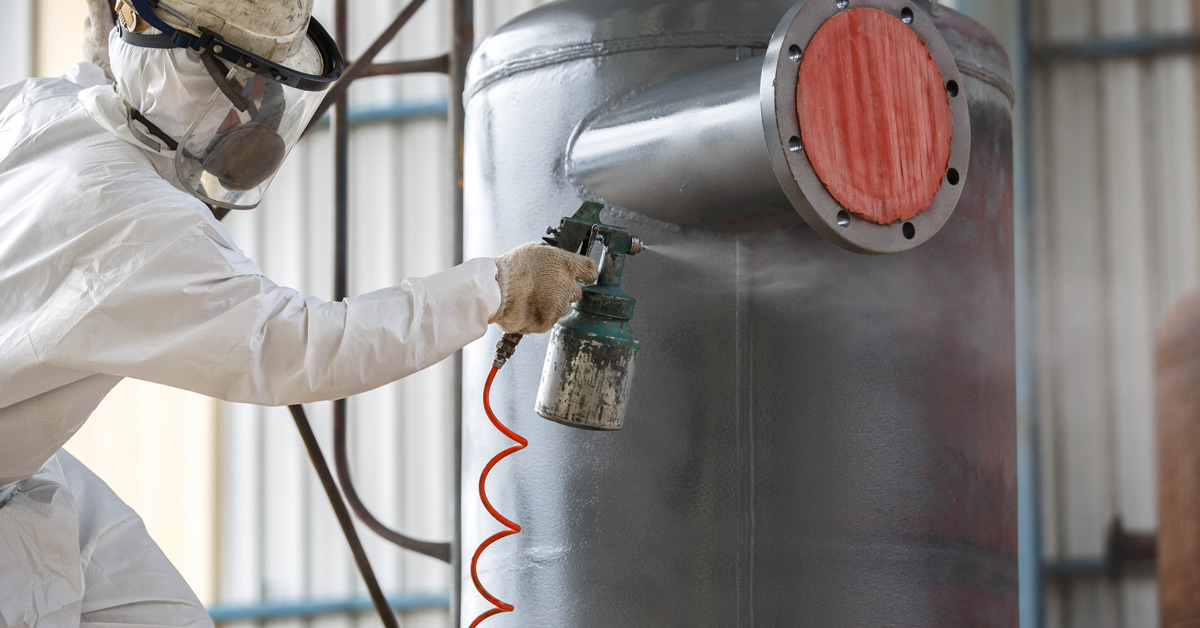
Electrostatic
The electrostatic technique is a newer invention that allows the operator to achieve superior transfer efficiency in comparison with most other techniques. The spray gun charges the particles of paint with bolts of voltage which in turn attracts them to the surface of the object you’re painting where they cling to and wrap around the material. This means you can achieve a smooth coat quickly and efficiently without having to expend too much operational effort- even when it comes to objects with corners and contours.
HVLP
The HVLP method, otherwise known as ‘high volume-low pressure’, uses spray atomisation technology which propels high volumes of low-pressure air into the applicator. Since there isn’t as much power or velocity in the way this paint is projected, one of the main positives is it results in less overspray than the traditional air-atomised spray gun. However, HVLP methods require a skilled and experienced operator as there is more technique involved.
At APT Spray Painting, we are a family run business with over three decades of experience in the painting industry. We can spray paint any commercial or industrial asset that fits in our booth, and we always guarantee a smooth and professional finish. To learn more about our spray painting services, or how we can help your business, get in touch with us today!
